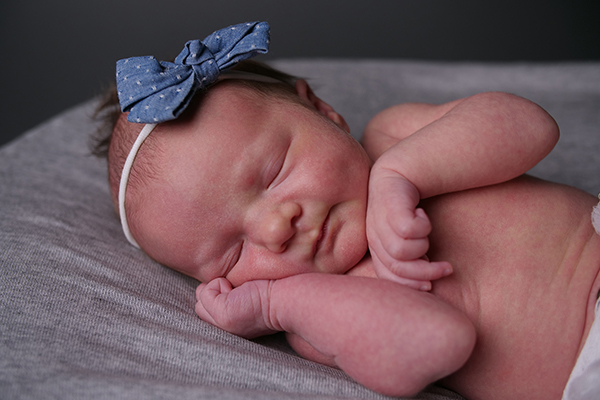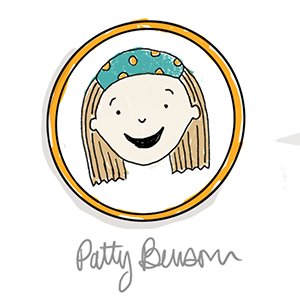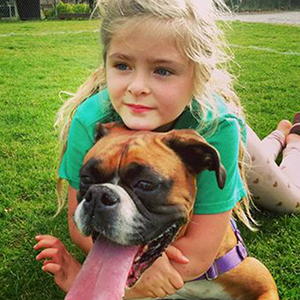
Don’t Forget to Dance with Your Baby
7 Reasons a Baby Twitches & Moves from Tongue to Toes
by Sue Doherty
Have you noticed how often a baby twitches while sleeping or waves, wiggles, and squirms about while awake? Is all this movement necessary? What can the science of sensorimotor development tell us about these phenomena? Let’s look at the sleeping infant first. When a baby sleeps, if they are developing typically, you will observe them profusely twitching. Professor Mark S. Blumberg studies such twitches called “myoclonic” twitches. As he puts it, there are “intriguing relationships between twitching and the skills that babies are developing.”
- Twitches send sensory feedback from the moving limbs to the spine and brain; as this dynamic development occurs, a foundational neural network experiences self-organization. Signals between the newborn’s brain and muscles are somewhat helter-skelter. Producing functional communication between the two takes adequate opportunities for young babies to embody their growing limbs. At first, twitches are most likely to occur in fingers and toes, followed by hands and feet, shoulders/elbows and hips/knees, and face and head. Blumberg’s research has found that twitches are used by the body during active REM sleep to “establish, refine, maintain, and repair sensorimotor circuits at multiple levels of the nervous system.”
From the womb to the welcoming world, twitching during sleep is vital to sensorimotor integration. Disrupting the expression of active sleep can deprive the infant of valuable sensory processing and functional connectivity in the developing nervous system. In addition, sound sleep and twitching together activate the brain to interconnect with the body. They underlie the capacity to distinguish self from others and provide a foundation for later-developing cognitive and social abilities in the ultimate service of adaptive behavior. - As this sensorimotor system slowly matures, the mental processes of knowing and understanding through the senses and experiences and, eventually, thinking or “cognition”–also become more robust. Mijna Hadders-Algra researches these interrelations and concludes, “cognitive drive facilitates the exploration of motor possibilities, and the resulting motor behavior generates sensory and cognitive information.”
- Even before they can point to things, infants will use gestures to communicate. Studies show that even eight-month-old babies will gesture toward an out-of-reach object if a person is nearby and able to help them get it. However, they will not reach out when a caregiver or stranger is absent, demonstrating developing social understanding and communication skills. What occurs is an interdependent feedback loop as sensory, motor, and cognitive abilities gradually mature.
- A newborn’s brain is priming itself through predictive processing, twitching, gesturing, and eventually reaching for objects. Research has pointed to the importance of vision and our senses of touch and proprioception (our ability to sense our body’s position, motion, and equilibrium) to locate objects. For example, by six months of age, a baby can co-locate and decipher the difference between witnessing a touch and feeling a touch. This crossmodal ability is crucial to accurately represent touch spatially; blindness early in life interrupts this competency. Individuals with autism spectrum disorder (ASD) have been found to have a similar deficit. For instance, how sight, touch, and proprioceptive cues integrate with hand positions.
- On the influence of the developing motor system on language acquisition, let’s examine sensorimotor effects on speech perception in infancy. Even before a baby can speak or, indeed, even before they have much listening experience, they receive information from their lips and tongues that influence speech perception. Studies by Bruderer et al. show that oral-motor movements (twitching of the tongue) affect speech sound discrimination. Therefore, they argue, interference with such actions may impair speech perception performance. Consequently, some researchers warn of the overuse of, or dependency on, pacifiers.
- And how we move influences our baby’s musical rhythm perception. Jessica Phillips-Silver and Laurel J. Trainor tested seven-month-old infants at their baby lab at McMaster University in Canada. They discovered: if you dance the waltz rather than a jig, your baby will prefer the waltz. They also explain that it is the head’s movement and activating the vestibular system of the inner ear, more than the limbs, that cause metrical encoding to take place. Moreover, research coming from her lab found evidence for the influence of music on language acquisition processes. Studies show that an infant can “entrain” or match and remember incoming auditory rhythms. Young babies exposed to music training have been observed to distinguish two main beats in rhythm patterns. Laura Cirelli concluded that musical experiences… “especially in early months of infancy, shape auditory processing in general and temporal processing in particular.”
- Regarding social-emotional learning, Trainor and Cirelli found that if you dance with your baby in sync to music, the baby will most likely show a tendency for pro-social behavior. Incidentally, Cirelli and colleagues in China recently scaled up this research and discovered something society sorely needs. Working with 4-6-year-old children, they argue that their results suggest that ”musical engagement may be a promising intervention for reducing negative intergroup biases.”
Watch how a little twitch-like jiggle and a rocking, dancing motion and the proper carriage immediately soothes newborns after receiving shots. See Dr. Robert Hamilton, who practices at Pacific Ocean Pediatrics in Santa Monica, California, developed a specific method, watch as he demonstrates the technique in this video: http://on.today.com/1XCoOhZ
Sue Doherty is an anthropologist, mindfulness teacher certified through the Greater Good Science Center, U. C. Berkeley, and the author of Dancing With Your Baby—The Science of Nurturing Infant and Caregiver through Music and Movement available at Bookshop Santa Cruz.


You May Also Like

MOM-ing Glitter
June 1, 2021
Check out These Red Balls
June 1, 2021

